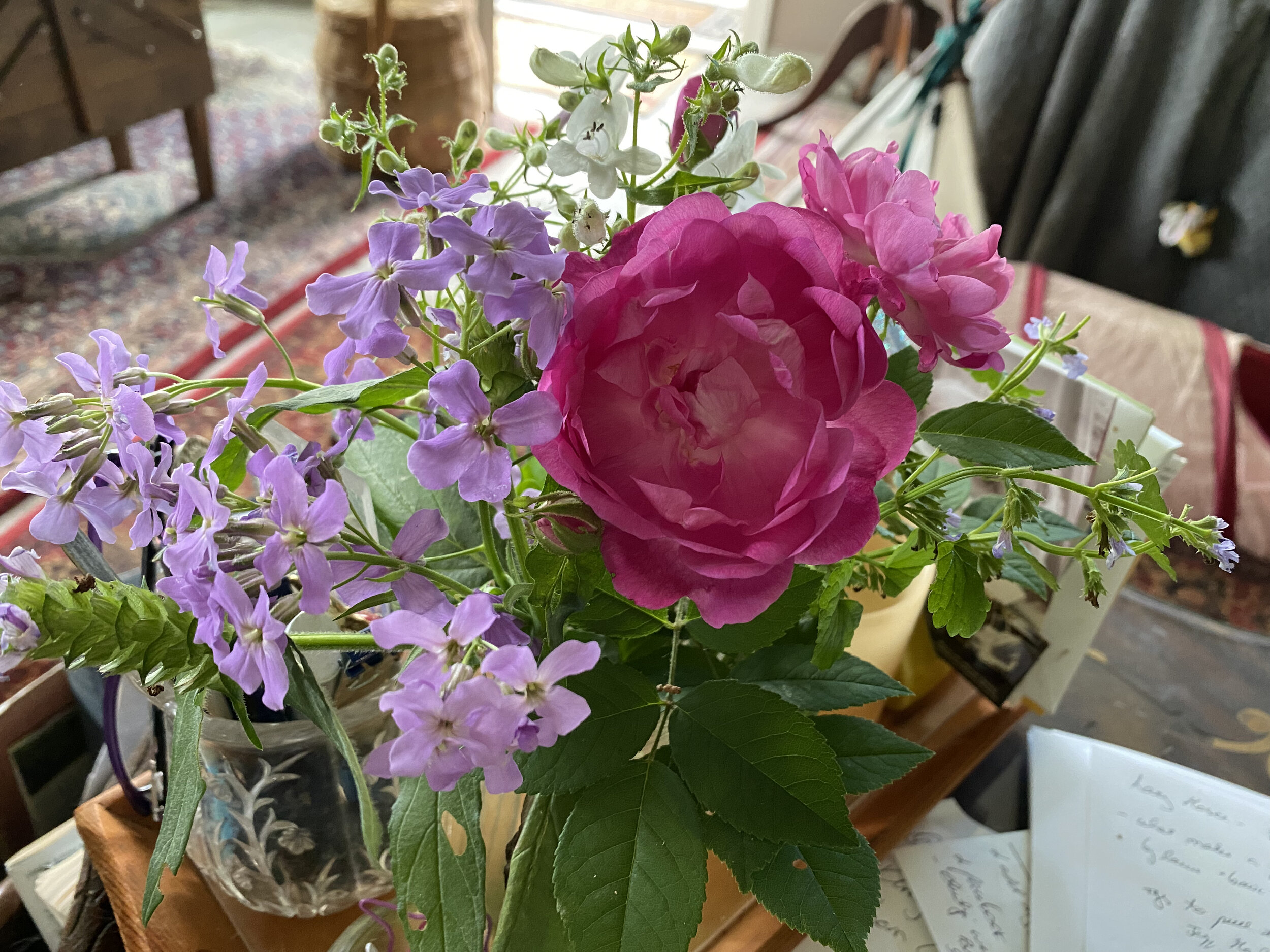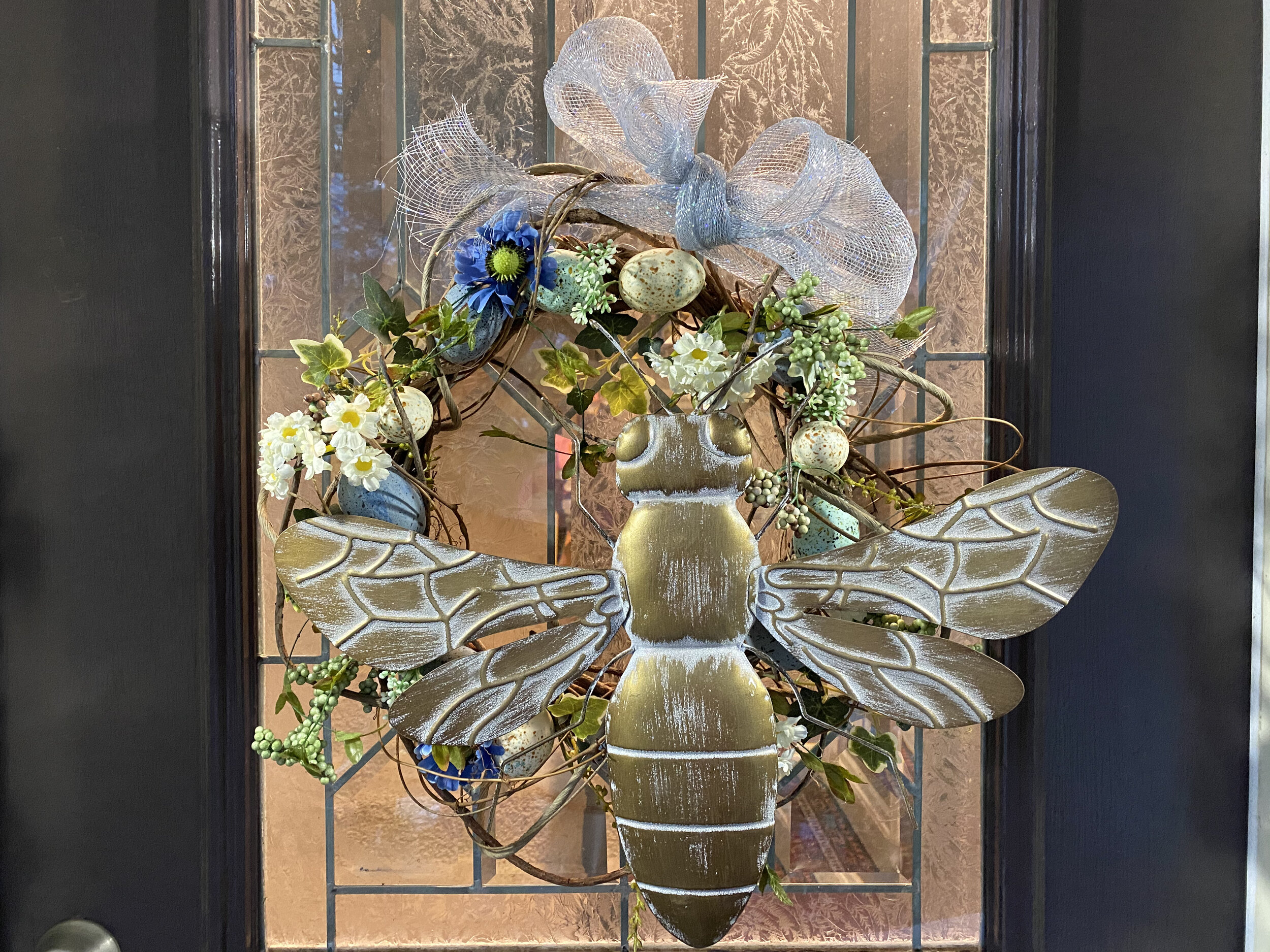Scented Bouquets
/This scented bouquet includes Dame’s Rocket and pink climbing roses. (Photo by Charlotte Ekker Wiggins)
Scented Bouquets
When I used to work away from home, I would spend Sunday picking and arranging fresh flowers for my key rooms: my den, kitchen, bathrooms and bedroom. One of the key elements of every bouquet was to have something with a scent.
Now that I work from home, having flowers with a scent are even more important, especially for the smaller spaces. There’s no better way to brighten a small room than to add a bouquet of scented flowers.
A friend working at a local nursery said people have moved away from buying flowers for scent because the scent attracts bugs. To be correct, the scent attracts pollinating bugs. The scented plants what the pollinators to move pollen so the plant reproduces and the pollinators depend on the pollen for food. The bottom line is don’t be afraid to add scented flowers to your flower gardens, their scent is one of the many things they uniquely offer.
If you are looking for flowers with scent, try adding these to your garden:
Asiatic Lilies (in photo) These bulbs are planted in fall and come in a variety of colors and blooming periods. I like them because one stem can easily make a statement and fill a room with scent. Make sure to cut off the pollen pods or those will stain whatever they fall on.
Hyacinths. Buy and plant bulbs in fall for spring flowers. Or you can grow the bulb in water in hyacinth jars and watch them grow. Heady strong sweet scent.
Dianthus. Also called “Pinks,” these are the carnation family. Sweet light scent.
Lilies of the Valley. A personal favorite, it’s considered an invasive in some states. Grow in shade. A small handful will fill a bathroom with a sweet aroma.
From left, Dame’s Rocket with old-fashioned roses brighten a room with their scents. (Photo by Charlotte Ekker Wiggins)
Dame’s Rocket. With a scent similar to lilacs, these are a must in my garden. They also last long as cut flowers. These are the small purple flowers in the pictured bouquet.
Peonies. A perennial favorite, peonies make excellent large cut flowers and can fill a room with a sweet scent.
Roses. Check the plant tag to make sure what you are buying has a scent; most tags include a short description. In the pictured bouquet, old-fashioned climbing roses.
There are a few other plants that you can grow with scent but these are some to get you started. Who knows, you may even find them already growing in your garden!


















































































